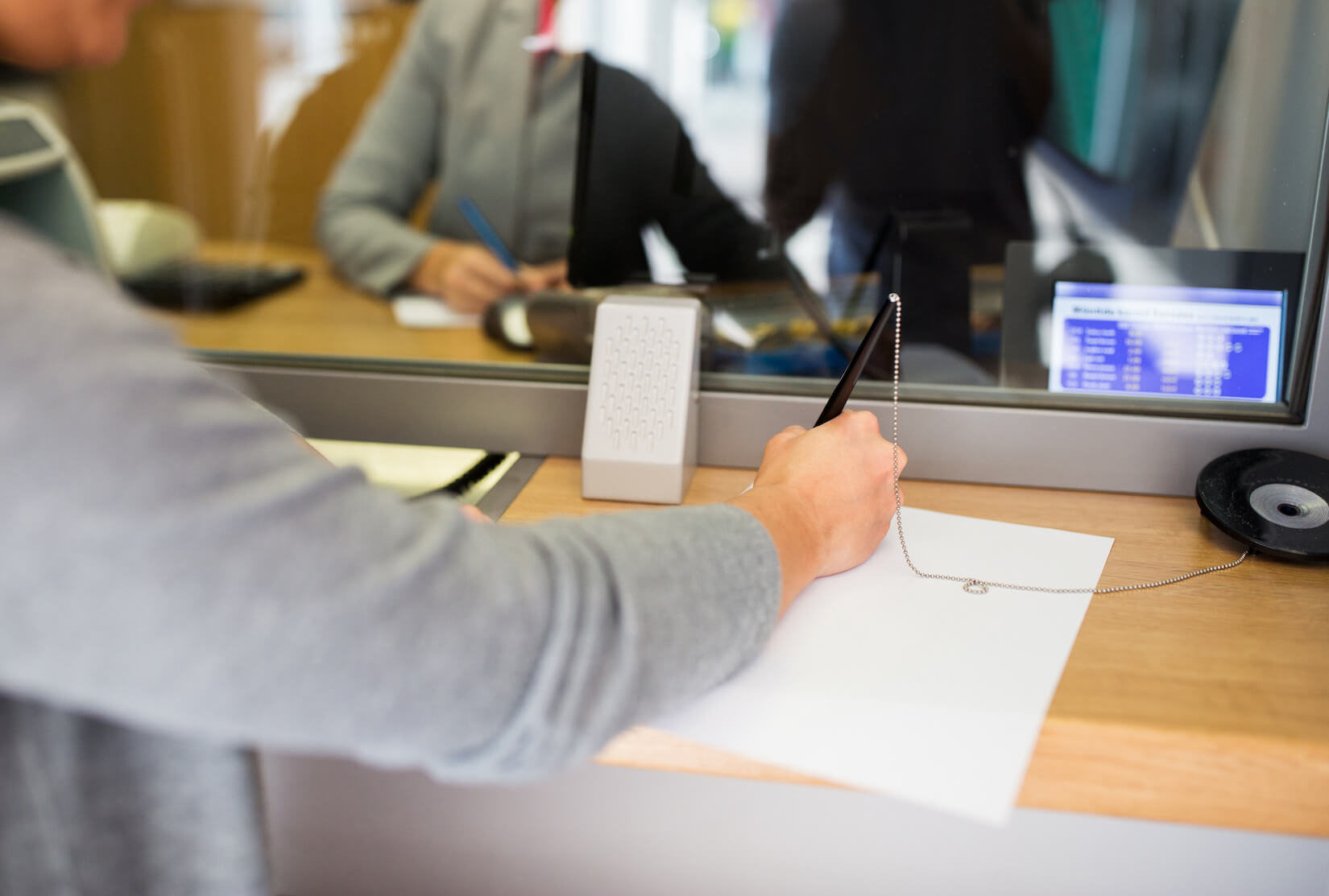Even in today’s digital-first world, there are still plenty of times when businesses and individuals need to make traditional bank deposits, especially when handling checks, money orders, or cash. That’s where the direct deposit slip comes in.
If you’ve ever found yourself staring at one of those paper slips at the bank counter wondering where to start, or if your business regularly deposits funds and wants to streamline the process, this guide is for you. Let’s take the guesswork out of filling out deposit slips and explain why getting it right matters.
What Is a Deposit Slip?
A deposit slip is a paper form used to detail the contents of a bank deposit. It’s a document that itemizes the funds (cash and checks) you’re depositing into your bank account and helps both you and the bank keep accurate records of your transaction.
Deposit slips are typically pre-printed with your name, account number, and the bank’s information, but you can also fill in a blank slip manually.
They may look simple, but they serve an important purpose: they act as a physical record of the deposit and provide both you and the bank with a paper trail in case questions or issues arise later.
Why Deposit Slips Matter
Accuracy in your deposits is vital, especially if your business handles a high volume of payments or is depositing checks from multiple sources. A correctly filled deposit slip helps:
- Prevent errors during deposit processing
- Create an audit trail for recordkeeping
- Speed up deposit verification
- Ensure accountability for cash transactions
Whether you’re dropping off a few checks or handling a large deposit for payroll or invoicing, deposit slips are a key part of keeping financial operations running smoothly.
When Do You Use a Deposit Slip?
Deposit slips are most commonly used in these situations:
- Depositing funds in-person at a bank branch
- Depositing cash or checks through a drive-thru
- Including a deposit with a night drop box
- Mailing deposits to a bank (less common but still used)
If you’re using mobile check deposit or online ACH transfers, you won’t need a deposit slip, but it’s still an essential document for in-person banking.
How to Fill Out a Deposit Slip
Whether you’re new to using them or need a refresher, here’s a step-by-step breakdown of how to complete a deposit slip:
1. Fill In Your Information
Start by writing your name, date, and account number at the top of the slip. Many pre-printed slips will already have your name and account number filled in, but double-check for accuracy.
2. List Cash Amounts
If you’re depositing cash, separate the amounts:
- Write the total amount of currency (bills) you’re depositing in the appropriate box.
- Write the amount of coin you’re depositing in the coin box.
Be precise here — banks often verify cash down to the penny.
3. List Each Check Separately
Write the check number and amount of each check you’re depositing. Most deposit slips provide space for multiple checks; if you have more than will fit, use the back of the slip or an additional slip marked as “continued.”
Always endorse checks before depositing, especially if your bank requires it. Sign the back and write “For Deposit Only” followed by your account number.
4. Subtotal the Deposit
Add up all your cash and check amounts and write the subtotal in the designated box.
5. Less Cash Received (If Applicable)
If you’re withdrawing some cash from the deposit (common in personal banking), note that amount in the “Less Cash Received” line. You’ll need to show ID to withdraw cash this way.
Most businesses won’t use this field unless they need cash on hand for a specific purpose, like making change.
6. Calculate the Net Deposit
Subtract any cash you’re taking out from the subtotal to get your net deposit amount. This is the total that will be credited to your account.
7. Sign the Slip (If Taking Cash Back)
If you’re receiving cash, don’t forget to sign the slip. For simple deposits without cash back, a signature usually isn’t required.
Tips for Businesses Handling Frequent Deposits
If your business makes regular deposits — especially check payments from customers — it’s worth taking a few extra steps to improve accuracy and security:
Use Pre-Printed Deposit Slips
They reduce errors and speed up processing. Many banks offer custom slips that include your account info.
Bundle Checks and List Totals
Use an adding machine or software to total your checks in advance and staple the tape to your slip. This helps the teller confirm your totals faster.
Keep a Copy for Your Records
Whether you use carbon-copy slips or scan them before submitting, keeping a copy can help you resolve any disputes or verify the deposit later.
Consider Outsourcing Check Deposit Fulfillment
Services like SmartPayables can automate check printing and mailing, but we also help clients streamline incoming check processing by offering secure integration, Positive Pay files, and reporting. If your business is scaling, automating this part of the process could save you hours each week.
What Happens After You Submit a Deposit Slip?
Once submitted, the teller or automated system will:
- Verify the deposit contents against your slip
- Process the deposit and print a receipt
- Credit your account (funds may take time to clear based on check type)
You’ll receive a copy of the receipt, often with the breakdown of each check or cash amount deposited.
Common Mistakes to Avoid
Here are some frequent issues that can lead to delays or errors:
- Illegible handwriting – Use block letters and write clearly
- Incorrect account number – Double-check every time
- Adding totals incorrectly – Use a calculator or deposit software
- Forgetting to endorse checks – Always sign the back before depositing
- Leaving out deposit slip details when mailing deposits – If you’re mailing to your bank, include a clear, completed slip
Keep It Simple and Secure
While digital payments are growing rapidly, checks and cash deposits still play a significant role in many businesses. Knowing how to fill out a deposit slip correctly and ensure it’s part of a secure, streamlined process can help your business stay efficient and professional.
If you’re ready to automate more of your payment and deposit workflows, SmartPayables is here to help. From check printing to secure mailing to Positive Pay files for your bank, we offer the tools to simplify your financial operations, so you can spend less time on paperwork and more time growing your business.
Contact us today to learn how we can support your document and payment fulfillment needs.
Founded in 2005, Smart Payables offers a full range of accounts payable payment solutions including outsourced check printing and mailing, document and statement printing and mailing, ACH direct deposits + more. Our highly experienced software developers and intelligent printing teams specialize in secure, enterprise-grade payment options that are HIPAA, SOC 1 Type 2, and ISO compliant. Our mission is to help businesses and large organizations implement secure, innovative technology that will reduce overhead and improve business operations and capabilities.


